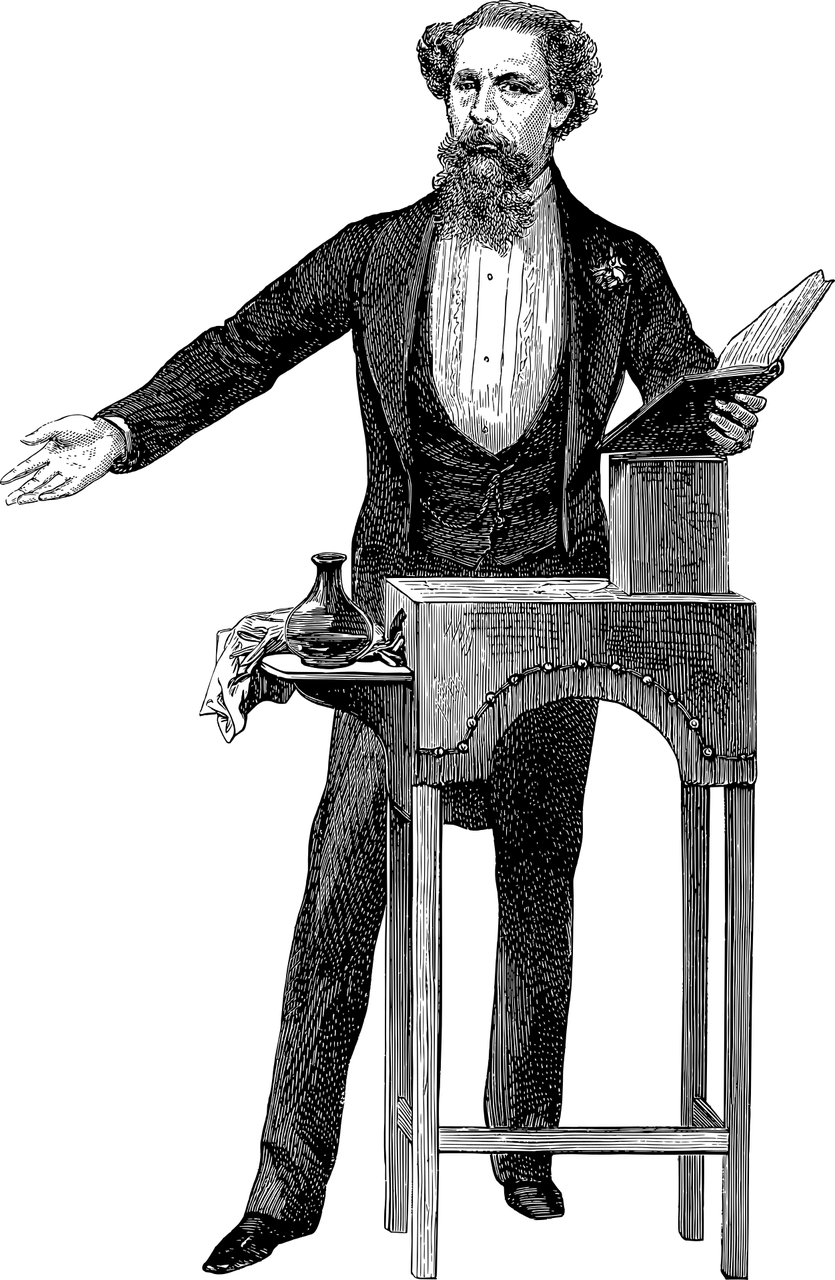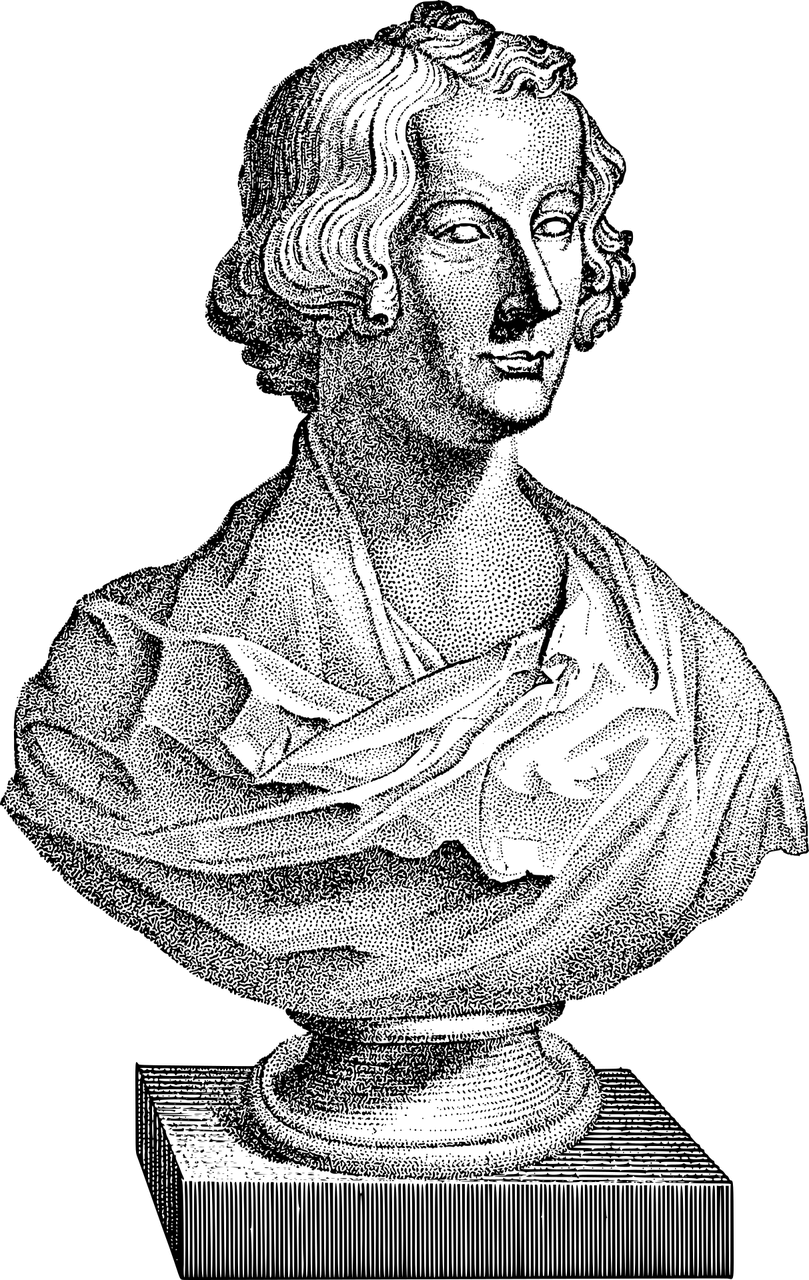George Orwell Books: A Comprehensive Guide for Art Enthusiasts and Collectors

Introduction:
George Orwell, a renowned British author of the 20th century, is widely recognized for his thought-provoking and socially critical novels that have left an indelible mark on the literary world. His works encompass a wide range of themes, including political corruption, totalitarianism, dystopia, and the power dynamics within society. In this article, we will delve into the significance of George Orwell’s books and provide valuable insights for individuals who are interested in this subject.
Historical Overview:

George Orwell’s literary journey began in the 1930s, during a tumultuous period marked by political upheaval and growing totalitarian regimes. His early works, such as “Down and Out in Paris and London” and “Burmese Days,” reflect Orwell’s own experiences as a young writer exploring poverty, imperialism, and social inequality. These books established the groundwork for his subsequent politically charged novels.
As the world plunged into World War II, Orwell penned his most iconic and impactful works. “Animal Farm,” published in 1945, is a satirical allegory that criticizes the rise of the Soviet Union and exposes the flaws of communism. The book received widespread acclaim for its ability to convey complex political ideas through animal characters, making it accessible to readers of all ages.
Orwell’s magnum opus, “Nineteen Eighty-Four,” published in 1949, is considered a dystopian masterpiece. Set in a totalitarian society ruled by Big Brother, the novel offers a bleak portrayal of a future where individualism and freedom are crushed. It introduced concepts such as Newspeak, thought control, and surveillance, which have since become ingrained in popular culture.
The Impact of Orwell’s Books:
The enduring relevance of George Orwell’s books lies in their ability to resonate with readers across different generations and cultural contexts. His profound insights into the human condition and his incisive critique of political systems continue to captivate readers today. Orwell’s works have become touchstones for discussions on power, manipulation, and the erosion of personal liberties.
Moreover, Orwell’s prescience in predicting certain aspects of modern society is remarkable. Many of the concepts depicted in “Nineteen Eighty-Four,” such as government surveillance, misinformation, and the erosion of privacy, bear a resemblance to the present-day world we live in. This has intensified the enduring appeal of Orwell’s books and fuels ongoing debates on the fragile nature of democracy and the dangers of unchecked authority.
Featured Snippet Opportunities:
To increase the likelihood of this article being featured as a snippet on a Google search, we have structured the text accordingly:
– George Orwell Books: An Indispensable Guide for Art Enthusiasts and Collectors
– Historical Overview of George Orwell’s Books
– 1. Orwell’s Early Works
– 2. “Animal Farm”: A Literary Critique of Totalitarian Regimes
– 3. “Nineteen Eighty-Four”: Orwell’s Dystopian Magnum Opus
– The Enduring Impact of Orwell’s Books
– 1. Orwell’s Insights into the Human Condition
– 2. Orwell’s Prophetic Vision of Sociopolitical Realities
– 3. Orwell’s Influence on Contemporary Literature and Political Discourse
Conclusion:
George Orwell’s books have left an indelible mark on the literary world by addressing crucial social and political issues. From his early works to his dystopian classics, Orwell’s narratives continue to resonate with readers, offering valuable insights into the workings of power and the fragility of freedom. These books have become essential additions to any art enthusiast’s collection, as they serve as a reminder of the importance of critical thinking and vigilance in safeguarding democratic values. George Orwell’s legacy lives on through his timeless literature, reminding us of our responsibility to question authority and uphold basic human rights.





